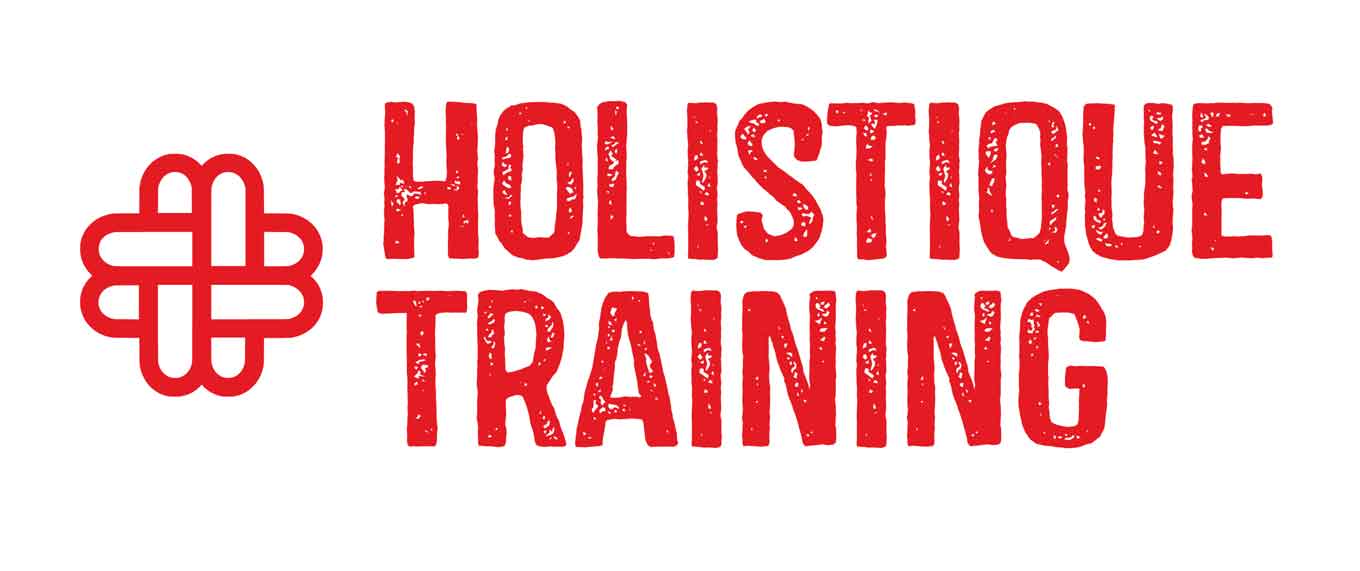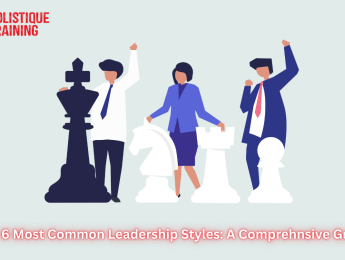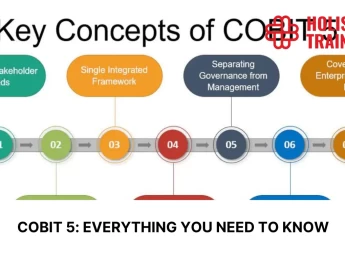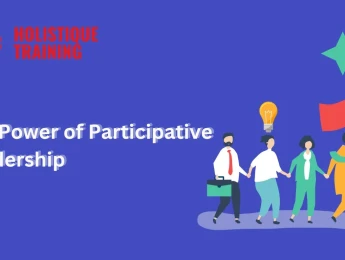- Table of Contents
- 1. Introduction
- 2. What Defines a Leadership Style?
- Personality
- Values
- Nature of the Team
- Organisational Culture
- Leadership vs Management
- 3. The 6 Most Common Leadership Styles
- 1. Autocratic Leadership
- 2. Democratic / Participative Leadership
- 3. Transformational Leadership
- 4. Transactional Leadership
- 5. Laissez-Faire Leadership
- 6. Servant Leadership
- 4. How to Identify Your Own Leadership Style
- Self-Assessment Tools
- Behavioural Reflection
- Feedback from Others
- 5. Choosing the Right Style for Different Situations
- Practical Applications
- Adapting Your Style
- 6. Conclusion
1. Introduction
Leadership is not merely a title—it is the linchpin that determines the tone, direction and efficacy of an entire team or organisation. Understanding your leadership style is essential for managers and teams alike because it dictates how decisions are made, how motivation is fostered, and how resilience is built in the face of challenges. A leader’s style strongly influences workplace atmosphere, staff morale, productivity and, ultimately, organisational outcomes.
In fast-paced environments, for instance, an autocratic approach may facilitate swift decision-making, while more collaborative styles may nurture long-term innovation and engagement. The ripple effects are considerable: clarity in leadership breeds clarity in execution; empathy in leadership engenders trust and retention; inspirational approaches elevate performance standards.
In this article, we will discuss what fundamentally defines a leadership style, explore the six most common leadership styles in depth, examine how to identify your own leadership approach, explain how to adapt your style to varying situations, and conclude with the importance of flexibility and hybrid leadership in today’s volatile business landscape.
2. What Defines a Leadership Style?
Personality
The intrinsic traits of a leader—such as confidence, empathy, resilience or decisiveness—shape how they interact with others, make choices and respond under pressure. For instance, extroverted leaders may gravitate naturally towards participative styles, while those high in conscientiousness may lean towards transactional or structured methods.
Values
A leader’s core beliefs and ethical compass have a profound effect on their chosen style. Leaders prioritising fairness and empowerment may favour servant or transformational leadership, whereas those emphasising efficiency and compliance may veer towards autocracy or transactional models.
Nature of the Team
The team's composition—its experience, maturity, diversity, and cohesion—influences which leadership style is most appropriate. A seasoned, self-sufficient team may thrive under laissez-faire supervision, while a novice team may require more structure and clarity.
Organisational Culture
An organisation’s culture—its hierarchy, communication norms, risk tolerance, and reward systems—also plays a pivotal role. A rigid, bureaucratic culture may favour autocratic styles; a flexible, innovative culture may embrace transformational or democratic approaches.
Leadership vs Management
Leadership and management are often conflated, but they are inherently distinct.
Aspect | Leadership | Management |
Primary Focus | Vision, motivation, change | Planning, execution, control |
Orientation | Future-oriented and inspiring | Process-oriented and systematic |
Approach | Emotional intelligence–driven | Task and structure–oriented |
Outcome | Innovation and alignment | Efficiency and consistency |
Research Insight
Notably, Daniel Goleman’s seminal study published in Harvard Business Review identified six distinct leadership styles—each derived from elements of emotional intelligence—and demonstrated that the most effective executives fluidly integrate multiple styles depending on the situation.
3. The 6 Most Common Leadership Styles
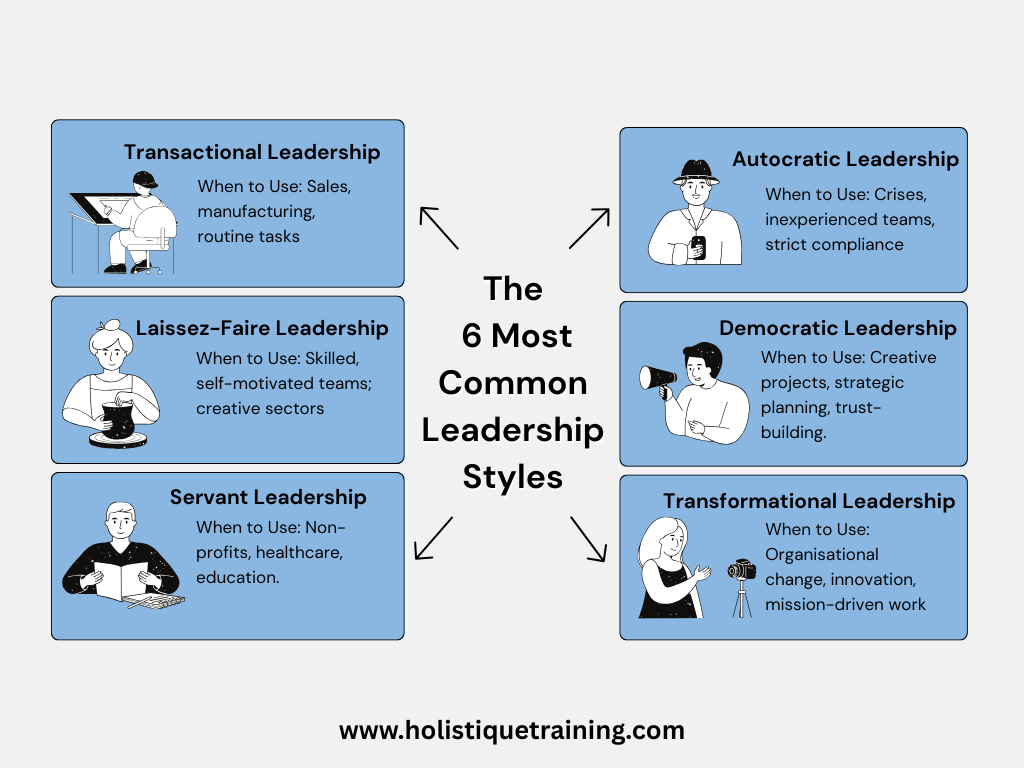
1. Autocratic Leadership
Autocratic leadership is characterised by a top-down approach where the leader retains full control over decisions and processes. Communication is often one-way—from leader to subordinates—and rules, procedures, and deadlines are rigidly enforced. This style is prevalent in high-pressure environments where time is scarce, decisions must be swift, and the cost of mistakes is high. Classic examples include the military, emergency services, and highly regulated industries such as aviation and nuclear energy.
When It Works Best:
- In crisis management, where clear directives and rapid execution can save lives or prevent major losses.
- When leading inexperienced teams that require close supervision and clear guidance.
- In environments with strict compliance or safety requirements.
Strengths:
- Rapid decision-making without lengthy consultations.
- Clear chain of command, reducing confusion.
- High efficiency in short-term or urgent scenarios.
Risks:
- Stifles creativity by discouraging initiative and new ideas.
- Can breed resentment, low morale, and disengagement.
- Creates overdependence on the leader, making succession planning difficult.
Example: During a large-scale IT outage in a global bank, the CIO might adopt an autocratic approach to assign clear roles, set strict deadlines, and demand immediate progress reports—minimising downtime. However, if this approach persists beyond the crisis, it can alienate skilled employees who value autonomy and innovation.
2. Democratic / Participative Leadership
Democratic leadership involves engaging team members in the decision-making process, valuing their perspectives, and fostering a sense of shared responsibility. Leaders using this style act more as facilitators than commanders, ensuring that all voices are heard before arriving at a decision.
When It Works Best:
- In creative industries, R&D teams, or start-ups where innovation is key.
- For strategic planning where multiple viewpoints enhance the quality of decisions.
- When building a culture of trust and accountability.
Strengths
- Boosts morale and engagement through active participation.
- Encourages diverse ideas, leading to more innovative solutions.
- Strengthens team commitment to outcomes.
Risks:
- Decision-making can be slow, especially in large groups.
- Risk of groupthink if dissenting opinions are not encouraged.
- Potential for blurred accountability if roles are unclear.
Example: In a product development meeting for a new tech app, the project manager invites input from designers, engineers, and marketers. The final product benefits from diverse expertise, but deadlines must be carefully managed to avoid delays caused by prolonged discussions.
3. Transformational Leadership
Transformational leaders inspire and motivate their teams by communicating a clear vision and fostering a sense of purpose that transcends daily tasks. They often lead by example, showing passion, integrity, and a commitment to innovation. This style is anchored in emotional intelligence and centres on the “Four I’s”:
- Idealised Influence – Leaders embody the values and vision they promote.
- Inspirational Motivation – They communicate a compelling, motivating vision.
- Individualised Consideration – They mentor and develop individuals personally.
- Intellectual Stimulation – They challenge the status quo and encourage creative problem-solving.
When It Works Best:
- During organisational change, such as mergers or cultural shifts.
- When aiming to inspire high performance and innovation.
- In mission-driven organisations.
Strengths:
- Inspires long-term commitment and loyalty.
- Fosters innovation and adaptability.
- Enhances employee satisfaction and engagement.
Risks:
- Can lead to dependency on the leader’s charisma.
- High emotional demands may cause burnout—for leader and team alike.
- Requires deep trust, which takes time to build.
Example: A CEO leading a renewable energy company motivates employees by linking their daily work to the broader mission of combating climate change. Through transparent communication and mentoring, the team feels inspired to innovate, but if the CEO departs, sustaining momentum may be challenging.
4. Transactional Leadership
Transactional leadership focuses on structure, supervision, and performance through a clear system of rewards and penalties. It operates on the principle of contingent reinforcement: employees are rewarded for meeting specific goals and penalised for failing to meet standards.
When It Works Best:
- In sales teams where performance can be easily measured.
- In manufacturing or logistics operations where efficiency is critical.
- For achieving short-term objectives within well-defined parameters.
Strengths:
- Provides clarity and predictability in expectations.
- Efficient for repetitive, routine tasks.
- Easy to monitor and measure performance.
Risks:
- Overemphasis on extrinsic rewards can reduce intrinsic motivation.
- May feel impersonal, undermining long-term engagement.
- Limited room for innovation and creative thinking.
Example: A retail chain manager sets weekly sales targets for each branch, rewarding top performers with bonuses. While this boosts short-term sales, it may discourage risk-taking or customer-focused innovation if targets are overly rigid.
5. Laissez-Faire Leadership
Laissez-faire leaders provide minimal direction, allowing team members to manage their work independently. They act primarily as resources for support rather than as hands-on managers. This style thrives when employees are highly skilled, self-motivated, and aligned with the organisation’s goals.
When It Works Best:
- In research, academic, or creative sectors where autonomy fuels innovation.
- With senior professionals who excel without close supervision.
- In cultures that prize independence and self-direction.
Strengths:
- Encourages autonomy, ownership, and innovation.
- Builds trust by showing confidence in team capabilities.
- Suitable for specialists with niche expertise.
Risks:
- Can lead to confusion, duplication of effort, or missed deadlines.
- Inexperienced teams may flounder without guidance.
- Potential for conflict if responsibilities are unclear.
Example: In a graphic design agency, a laissez-faire leader allows senior designers to manage client projects independently, stepping in only when strategic direction is needed. While creativity flourishes, the absence of oversight can risk inconsistent quality across deliverables.
6. Servant Leadership
Servant leadership flips the traditional power hierarchy by placing the leader in service to the team. Leaders prioritise the growth, wellbeing, and empowerment of their people, often making personal sacrifices to support them.
When It Works Best:
- In non-profit organisations, healthcare, and education.
- In cultures focused on ethical responsibility and inclusivity.
- Where long-term relationships and trust are critical to success.
Strengths:
- Builds deep loyalty and psychological safety.
- Encourages professional and personal growth.
- Promotes ethical and inclusive practices.
Risks:
- Decision-making can be slow due to consensus-building.
- May be perceived as weak in competitive environments.
- Risk of exploitation by less committed team members.
Example: A hospital department head ensures her staff have flexible schedules to balance work and family, even taking on extra duties herself during shortages. While this fosters trust and loyalty, it can strain the leader if sustained without support.
4. How to Identify Your Own Leadership Style
Recognising your leadership style is not simply about labelling yourself as one type or another; it is about developing a deep, nuanced understanding of how you lead, how your team perceives you, and how effectively your approach achieves results. This process begins with self-awareness and is reinforced by continuous feedback.
Self-Assessment Tools
Structured assessments can provide valuable insights into your natural tendencies, communication preferences, and decision-making patterns. Three widely used tools include:
Tool | Purpose | Strengths |
MBTI | Identifies personality preferences based on four dichotomies. | Helps leaders understand communication styles and motivators. |
DiSC | Profiles behaviour into Dominance, Influence, Steadiness, and Conscientiousness. | Improves understanding of team dynamics and conflict resolution. |
EQ Assessments | Measures emotional regulation, empathy, and social skills. | Reveals strengths and gaps in emotional intelligence, a key trait for modern leaders |
These tools should not be treated as definitive labels, but as starting points for self-discovery and development.
Behavioural Reflection
Reviewing your past leadership experiences can highlight recurring patterns. Ask yourself:
- In high-pressure situations, did you take immediate control, or involve others?
- When innovation was needed, did you actively encourage ideas, or stick to proven methods?
- How did you adapt when the team’s needs shifted unexpectedly?
Keeping a leadership journal can be useful, allowing you to track your responses over time and identify where you might benefit from adjusting your approach.
Feedback from Others
Peer, subordinate, and supervisor feedback is essential in avoiding blind spots. Ask targeted questions:
- Did team members feel decisions were inclusive or imposed?
- Were they inspired and motivated, or simply following instructions?
- Where did they find your leadership most beneficial, and where was it a hindrance?
Tip: Anonymous surveys often yield more candid responses.
By combining self-assessment, behavioural reflection, and external feedback, you can build a rounded and accurate understanding of your leadership style, highlighting areas where increased flexibility could enhance your effectiveness.
5. Choosing the Right Style for Different Situations
No single leadership style is universally effective. The hallmark of a skilled leader is the ability to adapt their approach to fit the demands of a particular context. This adaptability ensures that both short-term and long-term objectives are met, while maintaining team morale and organisational health.
Practical Applications
- Crisis Response: During emergencies such as a data breach or safety incident, autocratic leadership ensures swift decision-making and clear directives.
- Cultural or Organisational Change: In times of transformation—mergers, new strategies, or rebranding—transformational leadership inspires a shared vision and energises employees to embrace change.
- Innovation and Creativity: For highly capable, self-directed teams such as senior R&D units, laissez-faire leadership can unleash creative potential and innovation.
- Operational Efficiency: In production lines, logistics, or sales environments, transactional leadership keeps performance on track through clear metrics and rewards.
- Team Development and Retention: In education, non-profits, or care professions, servant leadership builds trust, supports wellbeing, and fosters loyalty.
“Being a great leader means recognising that different circumstances may call for different approaches.” — Daniel Goleman, Harvard Business Review.
Adapting Your Style
To choose the right style:
- Assess Team Capability – Determine their skill level, confidence, and motivation.
- Evaluate Urgency – Consider whether the situation demands speed over consensus.
- Read the Emotional Climate – Gauge stress levels, morale, and openness to change.
- Align with Strategic Goals – Ensure your leadership supports both immediate and long-term objectives.
Flexibility is not about abandoning your core leadership identity—it is about expanding your toolkit so you can respond effectively, whatever the challenge. Over time, this adaptability will become one of your greatest assets.
6. Conclusion
Leadership is not a one-size-fits-all endeavour. The most impactful leaders weave together multiple styles—autocratic when time is of the essence, transformational when inspiration is required, transactional when execution is paramount, servant-led when team welfare is vital, and democratic when collaboration produces better outcomes.
Being flexible allows leaders to respond effectively to ambiguity and uncertainty—capabilities increasingly vital in today’s volatile global environment. In Harvard Business Publishing ’s Global Leadership Development Study, 68% of organisations reported that leaders must not only endure but embrace ambiguity. The ability to fluidly shift styles in response to shifting demands marks the difference between stagnant and adaptive leadership.
As a final thought, strive to develop a hybrid leadership style: rooted in self-awareness yet agile, informed by your values yet open to adaptation. Reflect on your strengths through self-assessment, remain receptive to feedback, and continually adjust based on the team’s needs and situational demands. In doing so, you empower yourself and your team—not just to succeed, but to flourish.
